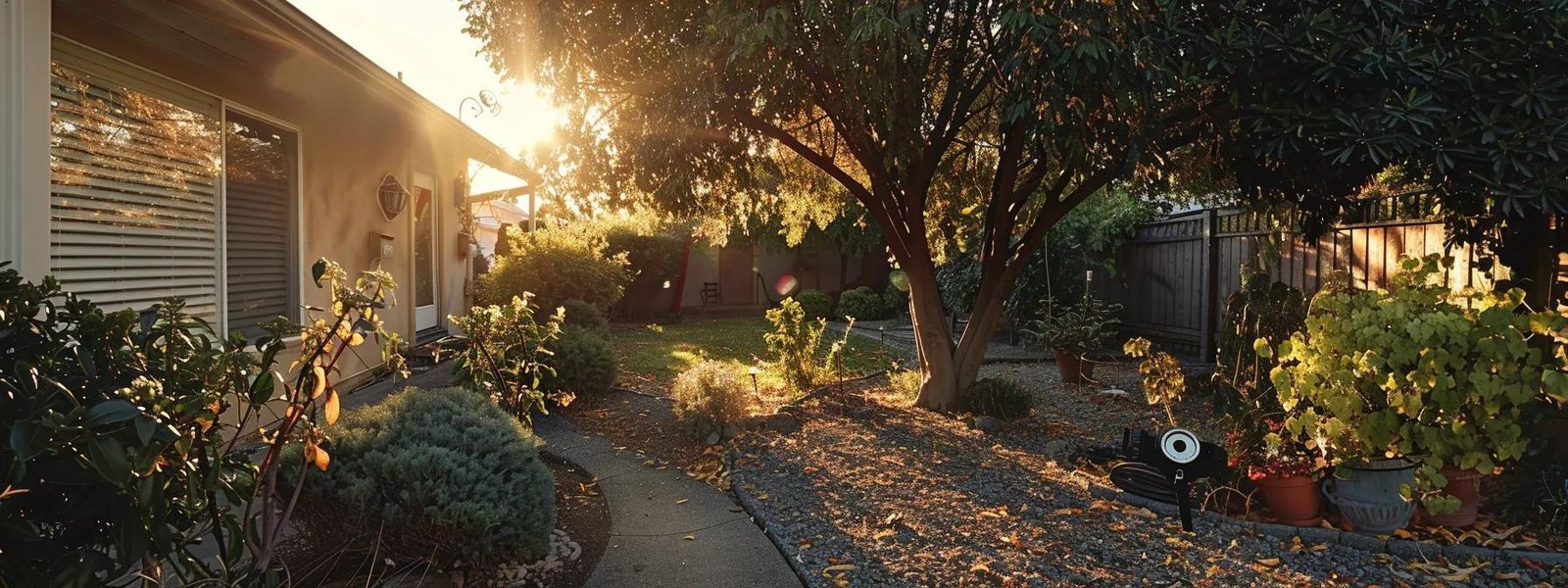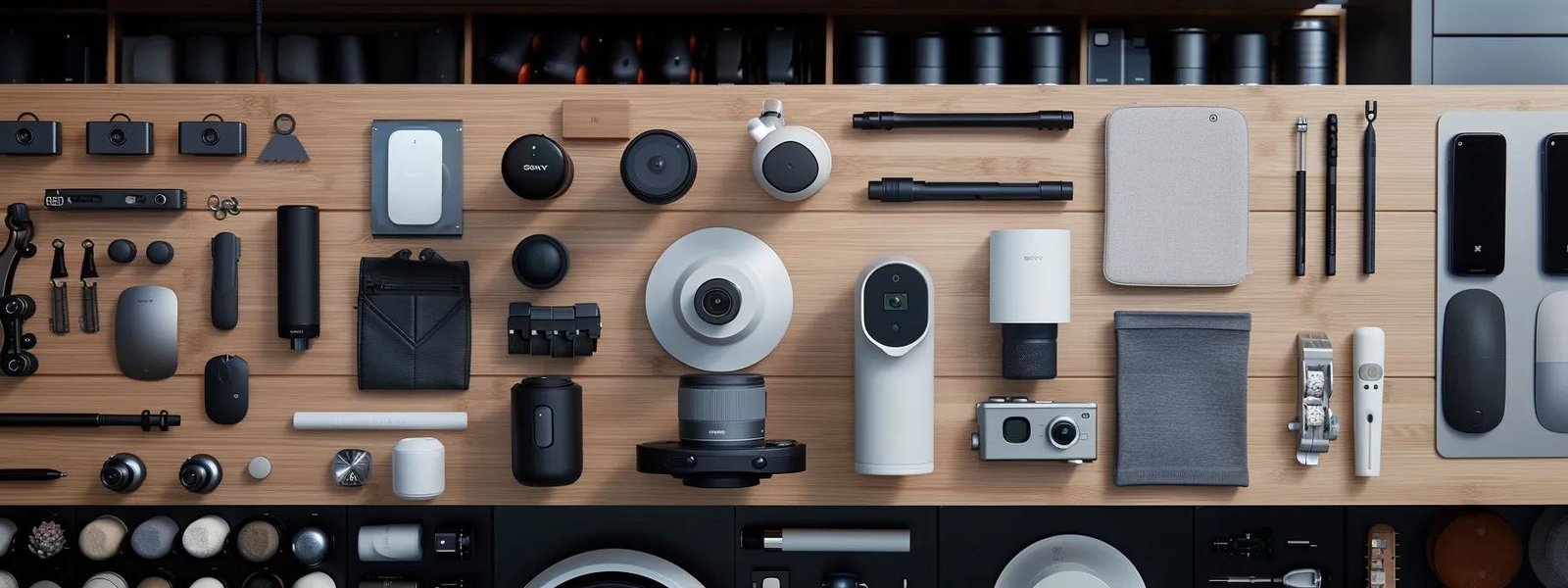
Are you unsure where to place your security cameras for maximum effectiveness? Proper security camera placement is crucial for protecting your property and ensuring you capture clear footage. This guide will cover essential tools for DIY installation, optimal locations for your cameras, and tips to enhance their effectiveness. By following this advice, homeowners can improve their home security and gain peace of mind. Whether you’re concerned about blind spots or want to ensure your router is connected properly, this guide will help you address these common issues effectively.

Identifying vulnerable areas around the home is crucial for effective security camera placement. By maximizing coverage with strategic positioning, homeowners can ensure that their security cameras, whether equipped with a microphone, connected via ethernet, or requiring electrical diagnostics, monitor key entry points. This section will provide practical insights on assessing risks and optimizing camera locations to enhance overall safety, aligning with the principles of ADT home security.
Identifying vulnerable areas around the home is essential for effective security camera placement. Homeowners should consider locations such as entry points, driveways, and backyards, ensuring that cameras are positioned at optimal angles to capture clear footage. Utilizing a junction box for power cables can help maintain a clean installation, while mounting cameras on the ceiling can provide a broader perspective, enhancing overall surveillance coverage.
Maximizing coverage with strategic positioning of home security cameras is essential for effective smart home security. Homeowners should consider placing cameras in key areas such as entry points, living rooms, and attics to ensure comprehensive monitoring. Additionally, selecting cameras with a high frame rate can enhance the clarity of recorded footage, making it easier to identify any potential threats.

Choosing the right type of security cameras is vital for effective home security systems. Homeowners should consider options like wireless cameras with digital zoom and zoom lens features for enhanced surveillance. Gathering necessary installation tools will ensure a smooth setup process. This section will provide practical insights on selecting cameras and the tools needed for a successful DIY installation.
Choosing the right type of security cameras is essential for creating an effective security system at home. Homeowners should consider factors such as the camera’s placement in the yard, the potential for glare from sunlight, and whether an adapter is needed for power supply. For instance, cameras mounted under the soffit can provide excellent coverage while minimizing glare, ensuring clear footage of any activity in the monitored areas.
Gathering the necessary installation tools is a critical step for homeowners looking to install security cameras effectively. Essential tools include a drill for mounting cameras under eaves, a level to ensure proper alignment, and a screwdriver for securing brackets. Having these tools on hand not only simplifies the installation process but also enhances the overall effectiveness of the security systems, ensuring optimal security camera placement for outdoor security cameras and maximizing their coverage.

Securing entry points like doors and windows is vital in preventing burglary, making them prime locations for outdoor cameras. Monitoring driveways and garages, especially near the garage door, adds another layer of protection. Overseeing common indoor areas ensures safety within the home, while covering blind spots in the yard can deter potential threats. Each of these strategies will be explored in detail to provide practical insights for effective security camera placement.
Securing entry points like doors and windows is essential for effective home security. Homeowners should consider installing indoor security cameras, such as Hikvision or Arlo models, at these locations to monitor any suspicious activity. Utilizing cameras with night vision capabilities ensures clear footage even in low-light conditions, providing peace of mind that all entry points are being watched closely.
Monitoring driveways and garages is a critical aspect of home security, as these areas are often targeted by intruders. Homeowners should install security cameras with motion detection features to capture any unusual activity, ensuring they receive alerts directly to their mobile app. Utilizing a sturdy bracket for camera mounting can enhance stability and positioning, allowing for optimal coverage of the driveway and garage, which are essential for protecting vehicles and preventing unauthorized access.
Overseeing common indoor areas is essential for comprehensive home security. Homeowners should strategically place security cameras in high-traffic zones, such as living rooms and hallways, to monitor activities effectively. It is important to consider factors like sunlight exposure, which can affect camera performance, and to ensure that cameras are mounted at a height that captures the entire floor area without obstruction. By following these tips, homeowners can enhance their indoor surveillance, complementing their outdoor home security efforts.
Covering blind spots in the yard is a critical aspect of effective home security camera placement. Homeowners should assess areas that may not be visible from main entry points, such as behind shrubs or fences, where intruders could hide. Installing a home security camera, like those offered by Simplisafe, in these locations can enhance overall surveillance, ensuring that every corner of the property is monitored, including access points to bedrooms and other vulnerable areas. By strategically positioning cameras to eliminate blind spots, homeowners can create a comprehensive DIY home security system that provides peace of mind and protection against potential threats.

Planning your camera layout and coverage areas is the first step in creating an effective DIY security system. Homeowners will learn how to mount cameras for stability and the best angle, ensuring optimal surveillance. Connecting and powering cameras, including options like power over ethernet, will be covered next. Finally, setting up camera software and mobile access will allow for seamless monitoring from anywhere.
Planning the layout and coverage areas for outdoor security cameras is essential for effective monitoring. Homeowners should start by identifying key locations where security cameras can capture motion, such as entry points, driveways, and backyards. Incorporating floodlight cameras can enhance visibility at night, ensuring that all monitored areas remain well-lit and secure, providing peace of mind and a comprehensive view of the property.
When mounting outdoor security cameras, stability and angle are crucial for effective surveillance. Homeowners should ensure that cameras are securely fastened to walls or ceilings, using appropriate screws and anchors to prevent movement. For optimal coverage, cameras should be positioned at eye level near entry points like the porch or stairs, allowing for a clear view of visitors and potential intruders. Additionally, if using a doorbell camera, it should be mounted at a height that captures faces clearly while minimizing glare from sunlight. Properly managing wires during installation will also contribute to a clean and professional appearance, enhancing the overall effectiveness of the security system:
Connecting and powering security cameras is a vital step in establishing a reliable home security system. Homeowners should consider using infrared cameras for low-light conditions, ensuring clear visibility at night. For optimal performance, cameras like the Google Nest can be mounted on the wall and powered using a sensor that detects motion, allowing for efficient energy use while maintaining constant surveillance.
Setting up camera software and mobile access is a crucial step in ensuring that homeowners can effectively monitor their security cameras. After installing the cameras, users should download the corresponding app and follow the setup instructions to connect the cameras to their home Wi-Fi network. This process allows for real-time viewing and alerts, enabling homeowners to keep an eye on their property from anywhere, ensuring that the field of view is optimized for maximum coverage.

Positioning cameras to reduce obstructions is essential for capturing clear footage. Adjusting for optimal lighting conditions ensures that cameras function effectively, even in low light. Regular maintenance is crucial for longevity, keeping the system in top shape. These tips will help homeowners maximize the effectiveness of their DIY security camera placement, enhancing overall home security.
Positioning security cameras to reduce obstructions is vital for capturing clear footage and ensuring effective surveillance. Homeowners should avoid placing cameras behind trees, fences, or other objects that may block the view. Instead, mounting cameras in open areas with a clear line of sight will enhance visibility and improve the overall effectiveness of the home security system:
Adjusting for optimal lighting conditions is essential for enhancing the effectiveness of security cameras. Homeowners should consider the placement of cameras in relation to natural light sources, such as sunlight and streetlights, which can create glare or shadows that obscure footage. Utilizing cameras with features like automatic brightness adjustment or infrared capabilities can significantly improve visibility during low-light conditions, ensuring clear images at all times.
Regular maintenance of security cameras is essential for ensuring their longevity and effectiveness. Homeowners should routinely check camera lenses for dirt or obstructions, as even small debris can hinder image quality. Additionally, inspecting connections and power sources can prevent unexpected outages, allowing for continuous monitoring of the property:

Understanding local laws on surveillance is essential for homeowners installing security cameras. This section will cover the importance of respecting neighbor privacy while securing property, ensuring compliance with regulations. By following these guidelines, homeowners can effectively protect their homes without infringing on the rights of others, creating a balanced approach to home security.
Understanding local laws on surveillance is crucial for homeowners installing security cameras. Many jurisdictions have specific regulations regarding where cameras can be placed and what areas can be monitored, particularly concerning privacy rights. Homeowners should research their local laws to ensure compliance, as failing to do so may lead to legal issues or disputes with neighbors. For example, cameras should not be directed toward private areas, such as neighboring yards or windows, to respect privacy and avoid potential conflicts.
Respecting neighbor privacy while securing property is essential for maintaining good relationships and adhering to legal standards. Homeowners should position security cameras to focus on their own property, avoiding angles that capture neighboring yards or private spaces. By ensuring that cameras do not infringe on others’ privacy, homeowners can create a secure environment without causing discomfort or conflict with their neighbors.
Proper security camera placement is essential for maximizing home safety and deterring potential intruders. By identifying vulnerable areas and strategically positioning cameras, homeowners can ensure comprehensive coverage of their property. Regular maintenance and adherence to local laws further enhance the effectiveness of a DIY security system. Ultimately, investing time in optimal camera placement not only protects the home but also provides peace of mind for homeowners.


